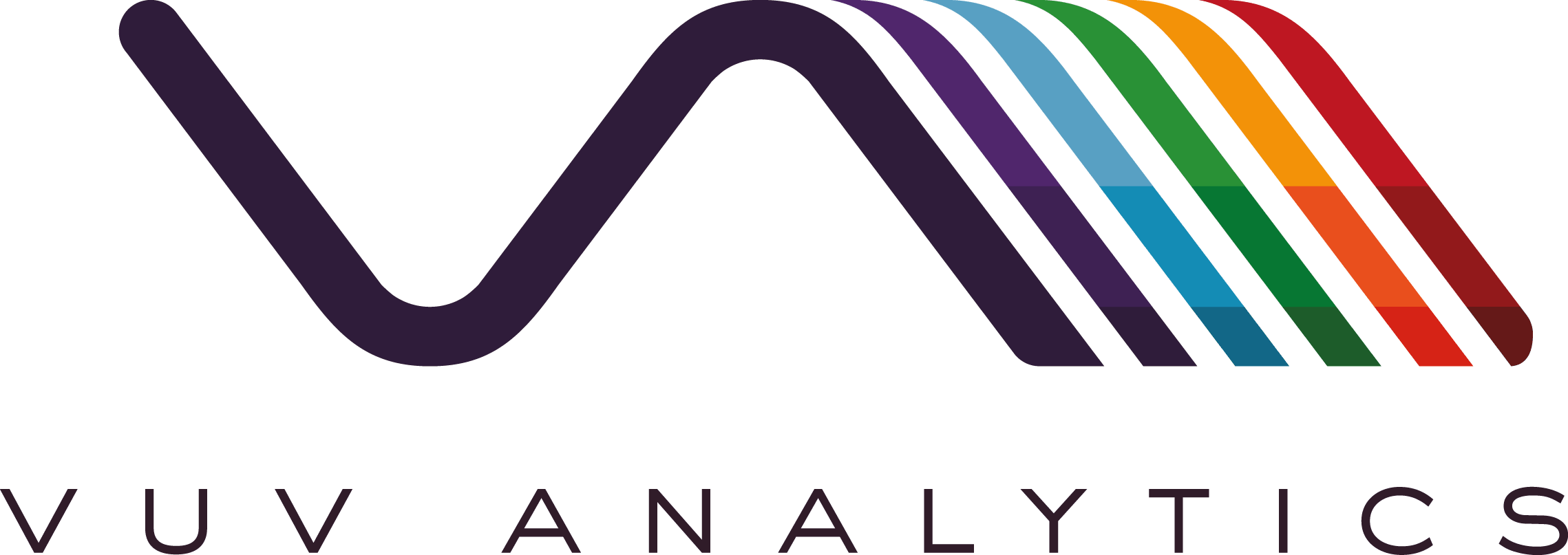Read part one in the series – The VUV Story.
Read part two in the series – The Evolution of VUV.
The pharmaceutical industry is fast developing and therefore ever-changing. It faces a multitude of challenges from cybersecurity and the need for increased transparency to supply chain disruptions and a shortage of qualified professionals. One major challenge involves the increasing collection and analysis of large numbers of samples with a high degree accuracy, confidence, and efficiency.
The industry is pressured to bring new medicines to the marketplace faster, but with the same – if not continually elevating – safeguards in place. To address this, companies are adopting the “right first time” principle. When applied to sample analyses on the scales necessary for drug development, having the right analytical processes becomes of vital importance. “Faster, smarter” and “quality by design” are attitudes driving decisions in the analytical sciences, where the volume of samples has risen dramatically. The expected analytical depth and the need for a more profound understanding of the science must be achieved with fewer experiments. This will drive the necessary efficiencies of time and cost that are the key to making analyses work.
To help meet these challenges, the pharmaceutical industry requires more sensitivity to keep up with stricter regulatory requirements, more selectivity so they can do more in fewer analyses, and more simplicity – something that fits into existing laboratory workflows that require minimal training.
“When we took our VGA product to the pharmaceutical industry there was genuine interest in the technology,” says Clark Jernigan at VUV Analytics. “However, the common theme was for this technology to be successful it had to be more sensitive than the VGA was capable of at that time. Perhaps equally important was the need for something that was easy-to use. Which meant it had to work with their existing CDS. Those comments were the genesis of LUMA.”
VUV – An ilLUMAnating Solution
So how can vacuum ultraviolet (VUV) spectroscopy address these challenges? As we discussed in parts one and two of this series, almost all compounds fully absorb wavelengths of light within the VUV spectrum and often this is where their maximum absorbance occurs. This opens an opportunity to adopt a single instrument able to detect across a wide spectrum of concentrations from ultra-trace levels – with high sensitivity and selectivity. Furthermore, the technology can be applied throughout the full product lifecycle – from R&D, process understanding and design, manufacture, process impurity tracking through to material release for clinical trials and sales. Replacing the separate analytical techniques with a single GC-LUMA system can simplify operations, saving time and cost. This then becomes a potential faster, smarter, and cheaper one-size-fits-all solution to current challenges in the pharma industry.
As with any new technology, time and care are needed to effectively introduce a new product into industry. This requires a good body of persuasive data, already well established at VUV Analytics. But one challenge that had to be overcome to serve the pharmaceutical market effectively was that of software, which had to be adapted (for instance, with GMP compliance) for the specialty environment it now had to serve. VUV’s first detector product, the VGA family of Spectrometers, had its own proprietary software, which increased the cost to the customer and took time to learn. Perhaps more importantly, it was not 21CFR-Part 11 compliant so it could not be deployed into a GMP environment. LUMA, a new multi-channel VUV detector, addresses these issues. There is no need for proprietary software as it works with existing CDS software. Compared to the VGA, detection sensitivity has also increased 30- to 50-fold. In a nutshell, LUMA is easier to use and less expensive – with a high level of sensitivity and selectivity across a very broad range of applications.
In addition, when dealing with sectors such as the pharmaceutical industry, the broader regulatory environment under which they work must be considered. We have found that when new technology addresses challenges and provides more robust data, regulators are quick to embrace change. This makes it easier to bring in new, relevant technologies, particularly if they are supported by technology groups or ambassadors within industry.
The broader horizon
VUV Analytics has already established a customer base in the petrochemical industry, where VUV technology is replacing analyses formerly reliant on a broad range of GC detection techniques for hydrocarbon and low-carbon products. The pharmaceutical industry was always an important part of the plan. However, adjacent markets – including nutraceuticals and cosmetics, where the detection of benzenes in sun creams has recently emerged – could certainly benefit from this technology, as could other markets such as food, forensics, and the environment.
Remember, in the VUV spectrum almost all compounds absorb. In fact, the only compounds that do not absorb are the carrier gasses Helium, Hydrogen, and Argon making VUV detectors universal and the perfect detector for gas chromatography. The result is a rich data set that is comparable to far more complex systems running traditional chromatographic procedures. This offers an elegant, economical solution to several barriers currently challenging the pharmaceutical industry – and beyond.





